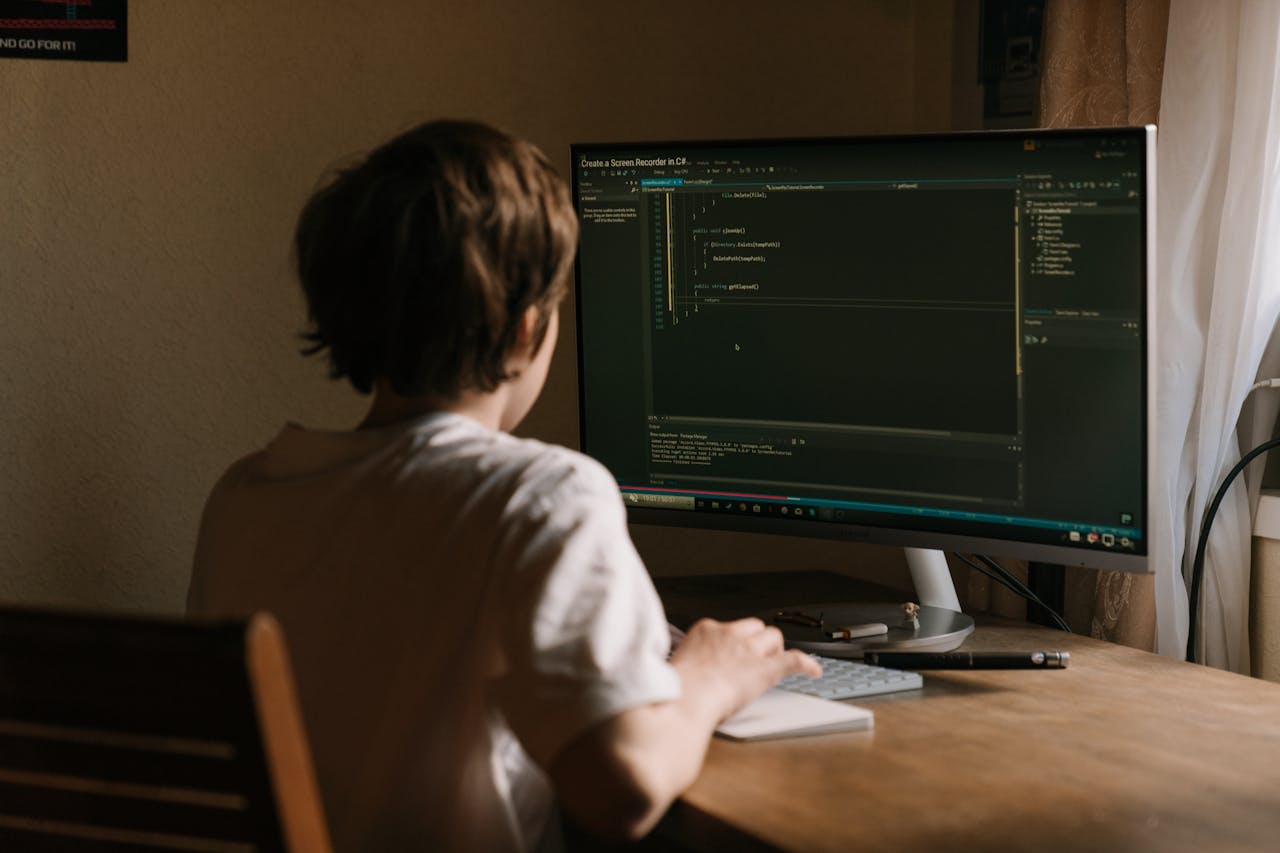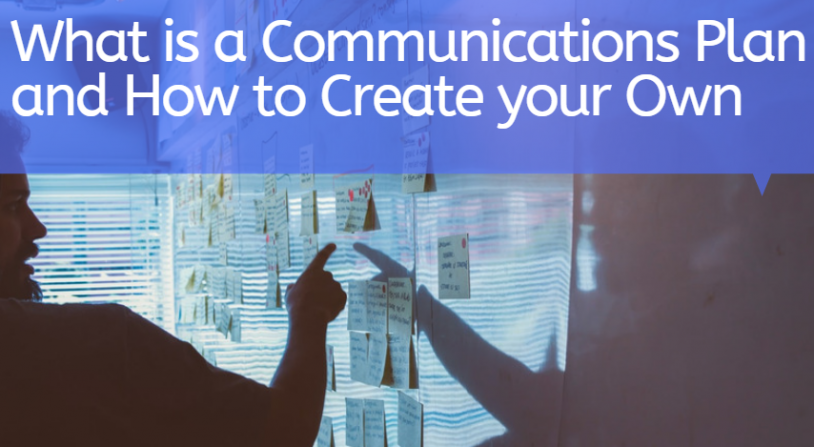Many video creators regard the YouTube algorithm as a complete mystery, like some kind of higher power that governs their view counts and sits outside of their own control. This simply isn’t the case: the YouTube algorithm can be understood, and used to benefit your marketing goals.
In a research paper published in 2016, a group of Google engineers shared their plans for how videos could be filtered through YouTube’s recommendation engine for a better user experience. Today, more than 70% of YouTube views come through this very same engine.
Much discussion about getting views on YouTube is focused on YouTube SEO, social media promotion, and garnering subscribers. While these strategies certainly contribute to the discovery of your videos, a huge source of untapped exposure lies in YouTube’s recommendation engine.
Google engineers Paul Covington, Jay Adams and Emre Sargin broke down the signals they use to rank videos for YouTube recommendations.
- The click-through rate (the likelihood of someone clicking your video after they see it)
- Watch time (the combined time viewers spend watching your videos)
- How many videos the user watched from your channel
- How recently the user watched a video about this topic
- What the user has searched for in the past
- The user’s previously watched videos
- The user’s demographic information and location
While the bulk of these factors are out of your control, you still have some sway over your exposure to new audiences. If you want to get more views through YouTube’s recommendation engine, then, you need to optimize your channel and your videos for both click-through rate and watch time.
Many YouTube channels struggle to gain traction because they treat their YouTube channel as a place to upload all their video content, rather than as a homepage for a consistent video series. On the flipside, YouTube channels that deliberately build on consistency are able to sustainably grow their subscriber base and viewership, because it makes it easier for people to decide to watch more of their content and subscribe to their channel.
Every time the YouTube algorithm has changed, creators and brands scramble to make sense of it, wondering why the methods they once depended on are no longer delivering. At the end of the day, the YouTube algorithm has changed a lot over the years, but the platform’s goal remains the same: get more people watching and engaging with more videos on YouTube. It’s that simple, and it’s more or less the same goal as yours.
How To Build Trust Using Media Relations For Cybersecurity
Media relations plays a vital role in shaping public perception and building trust around...
Creating an Effective Communications Plan
Creating an effective communications plan requires careful planning, strategic thinking, and a...
What Is Public Relations and Why Is PR Important?
Many people only know what PR is from Mad Men. Most have a vague understanding of what public...




